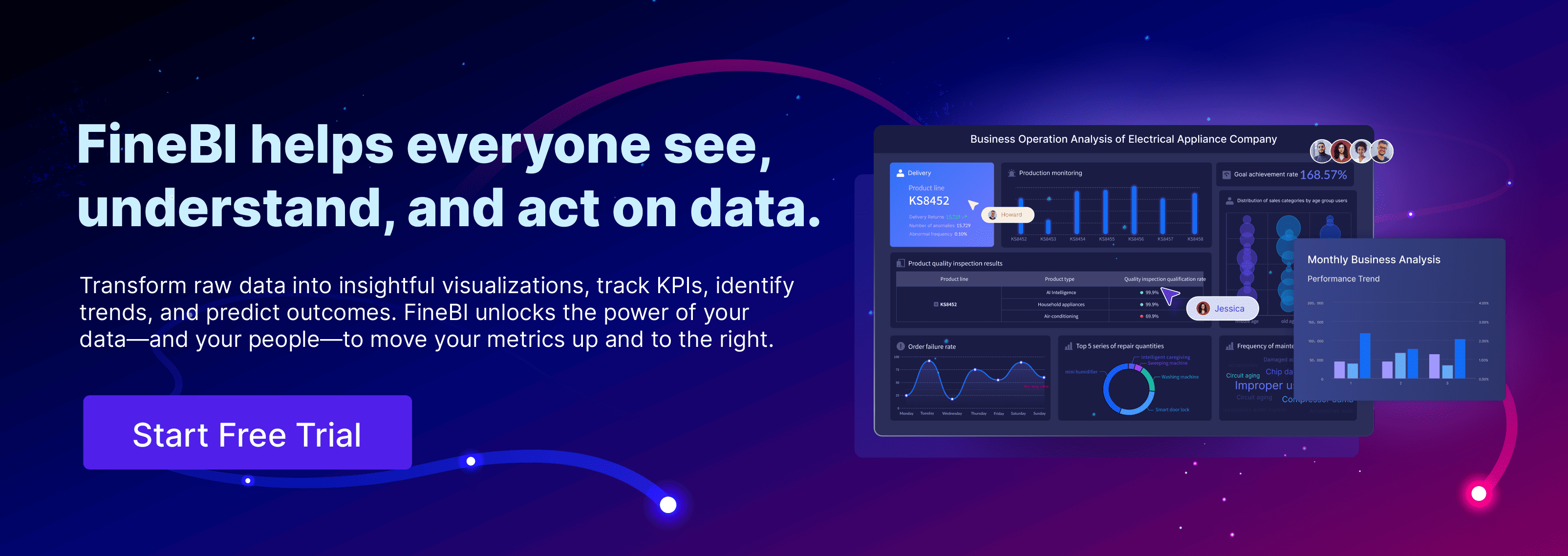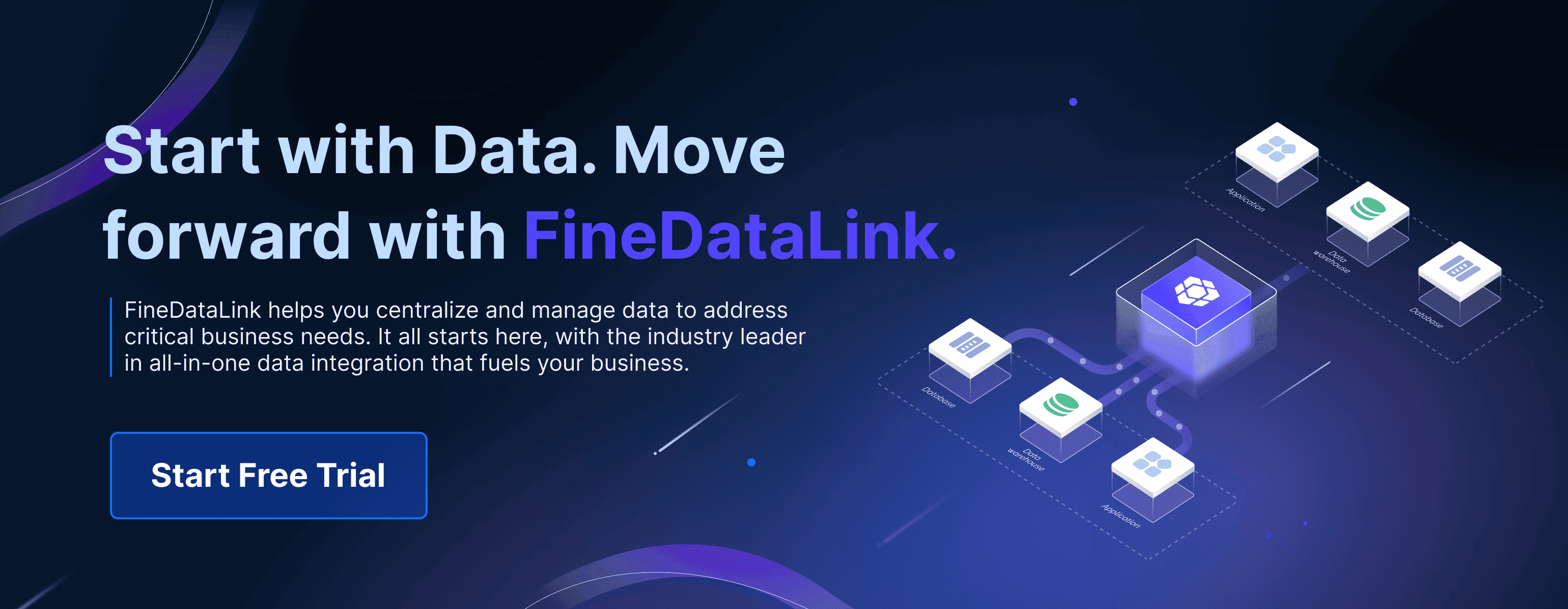

Data complexity refers to the challenges you face when managing and analyzing data due to its size, speed, diversity, and reliability. It arises as organizations handle massive amounts of information from different sources. This complexity impacts how you use data for decision-making, often influencing your ability to stay competitive. Effective data management becomes essential as businesses rely on data management systems to process and organize information efficiently. Understanding these challenges allows you to unlock the true potential of data in today’s fast-paced world.
Key Takeaways
- Data complexity happens because of data size, speed, types, and trust. Managing it well is important for making good decisions.
- Knowing things like how much data there is, how fast it comes, its types, and its quality helps solve problems and find better answers.
- Using good rules for data, like sorting and tracking its use, makes data better and helps with decisions.
- Tools like FineBI and FineDataLink make it easier to study and combine data, helping people decide faster.
- Fixing data complexity can make businesses work better, lower mistakes, and stay ahead of others.
Understanding Data Complexity
What Is Data Complexity?
Data complexity refers to the intricate challenges you face when managing and analyzing information. These challenges stem from the size, diversity, speed, and reliability of data. As organizations generate vast amounts of information, traditional methods often fall short in handling the complexities involved. For example, the rapid growth of new databases—82 introduced in 2018 alone—illustrates how quickly data sources expand. This growth complicates integration and management, making it harder to derive meaningful insights.
You encounter data complexity in various forms. It includes integrating data from multiple sources, ensuring real-time processing, and managing diverse formats. Additionally, maintaining data quality and leveraging it for monetization add to the complexity. These factors highlight why understanding and addressing data complexity is essential for effective decision-making.
Key Components of Data Complexity
Several key components contribute to data complexity. Recognizing these elements helps you better manage and analyze your data:
- Data Volume: The sheer amount of data generated daily can overwhelm traditional systems. Having a lot of data does not always mean it is comprehensive or useful.
- Data Variety: Information comes in diverse formats, such as structured databases, unstructured text, and multimedia files. This diversity complicates integration and analysis.
- Data Velocity: The speed at which data is generated and needs to be processed requires robust systems for real-time analysis.
- Data Quality: Ensuring accuracy, consistency, and reliability is crucial. Poor-quality data can lead to flawed insights and decisions.
- Data Architecture: A well-designed data architecture is vital for managing and organizing information effectively. It ensures that data flows seamlessly across systems and remains accessible.
These components often overlap, creating additional challenges. For instance, integrating diverse data formats while maintaining quality and processing speed requires advanced tools and strategies.
Examples of Data Complexity in Business Contexts
Data complexity manifests in various industries, affecting operations and decision-making.
For instance, a large U.S. manufacturer faced challenges with data security and visibility into massive data volumes. By deploying a data governance platform, they improved sensitive data discovery and classification. Similarly, a distribution company with six subsidiaries struggled with financial reporting and consolidation. Appointing a Group Financial Controller and streamlining finance processes enhanced quality control and compliance.
These examples demonstrate how addressing data complexity can lead to better outcomes. Whether through improved data architecture or governance frameworks, businesses can overcome these challenges to achieve operational efficiency and strategic growth.
The Importance of Addressing Data Complexity
Challenges of Data Complexity in Decision-Making
Data complexity creates significant hurdles in decision-making. You may find it challenging to extract and structure data effectively, especially when dealing with overwhelming volumes. Integrating diverse data sources often requires meticulous planning and strong governance. Without these, compatibility issues can arise, making it harder to create unified datasets for analysis.
Maintaining data quality is another critical challenge. Flawed or unreliable data can lead to incorrect conclusions, which may negatively impact your decisions. Additionally, the sheer scale of data generated today demands specialized tools and advanced skills to extract actionable insights. Without these, you risk missing valuable opportunities hidden within your data.
Benefits of Managing Data Complexity Effectively
When you manage data complexity effectively, the benefits extend across your organization. For instance, reducing error ratios in your data ensures more reliable decision-making. Eliminating duplicate records enhances data integrity, fostering trust in your analytics. Identifying and utilizing dark data—information that often goes unused—can uncover hidden insights that drive innovation.
How Data Complexity Impacts Business Success
Effectively managing data complexity directly influences your business success. Organizations that treat data as a strategic asset are 178% more likely to outperform their peers in revenue and profitability. Data-driven decision-making allows you to identify patterns, anticipate market trends, and personalize customer experiences. These capabilities enhance customer satisfaction and loyalty, giving you a competitive edge.
However, only 31% of companies claim to be truly data-driven in their strategies. This highlights the untapped potential for businesses willing to invest in robust data management practices. By transforming raw data into actionable insights, you can uncover hidden opportunities, reduce risks, and drive innovation. In today’s competitive landscape, leveraging data effectively is no longer optional—it’s essential for long-term success.
Strategies for Managing Data Complexity
Data Classification and Governance Practices
Managing data complexity begins with effective data classification and governance practices. Data classification involves organizing information into categories based on its type, sensitivity, and importance. This process helps you identify critical data elements and treat them as strategic resources. For example, classifying customer data separately from operational data ensures better organization and accessibility.
Governance practices establish policies and procedures for managing data throughout its lifecycle. A robust governance framework includes measurable metrics to improve data quality. These metrics often assess accuracy, error rates, completeness, and consistency. For instance, tracking the number of data errors resolved quarterly can highlight improvements in data reliability. High-quality data enhances decision-making and reduces operational inefficiencies.
To implement successful governance, consider these best practices:
- Identify critical data elements and prioritize them.
- Develop policies for the entire data lifecycle.
- Involve business users in governance processes.
- Focus on master data management to ensure consistency.
- Understand the value of your information.
- Avoid over-restricting data use, which can hinder innovation.
By following these steps, you can reduce challenges associated with data complexity. Data cleansing processes also play a vital role by correcting errors and harmonizing information across systems. This ensures that your data remains accurate and consistent, even as it grows in volume and variety.
Leveraging Tools Like FineBI for Data Analysis
FineBI simplifies data analysis by offering a self-service platform that empowers users to explore and understand data independently. Its intuitive drag-and-drop interface allows you to create visualizations without requiring technical expertise. This feature makes it easier to analyze complex datasets and uncover actionable insights.
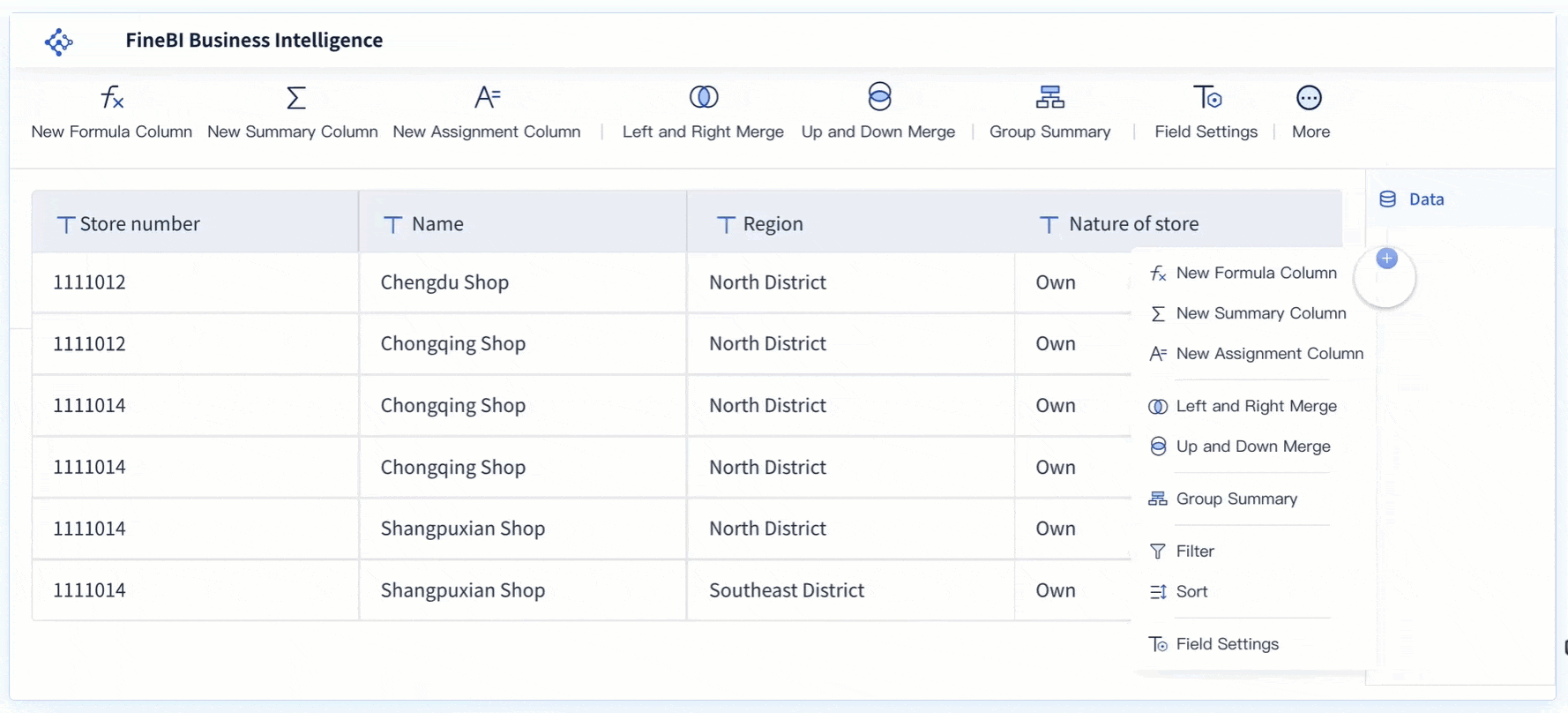
FineBI supports integration with various data sources, including relational databases, big data platforms, and file formats like CSV and JSON. This capability ensures seamless data handling across different systems. Additionally, FineBI’s real-time analysis feature enables you to make decisions based on the latest information. For example, you can track key performance indicators (KPIs) and identify trends as they emerge.
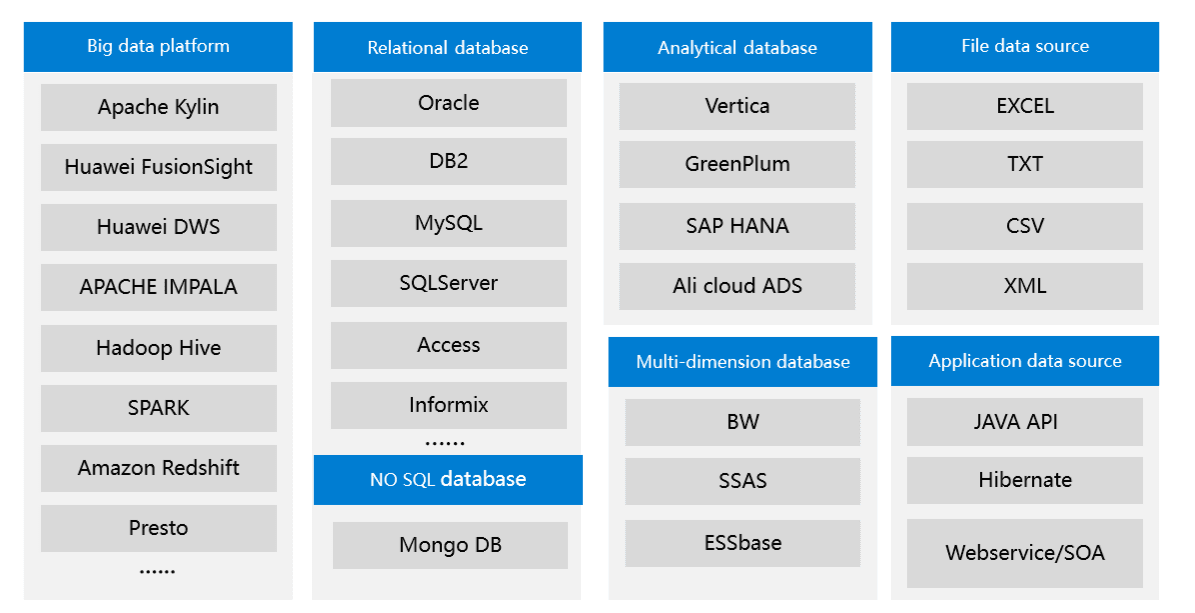
Collaboration is another strength of FineBI. Teams can share dashboards and analysis templates, promoting teamwork and efficient data validation. The software also includes enterprise-level data permission controls, ensuring that sensitive information remains secure. By using FineBI, you can streamline your data analysis processes and improve overall business performance.
The Role of FanRuan in Simplifying Data Complexity
FanRuan plays a pivotal role in helping organizations manage data complexity. Its suite of tools, including FineBI and FineDataLink, addresses various challenges associated with data integration, analysis, and governance. FineBI, for instance, democratizes data analysis by making it accessible to both technical and non-technical users. This approach reduces reliance on IT departments and fosters a data-driven culture within your organization.
FineDataLink complements FineBI by focusing on data integration and synchronization. It supports real-time data updates, ensuring that your systems always have the most current information. This feature is particularly useful for businesses that rely on accurate and timely data for decision-making. For example, FineDataLink can synchronize data across multiple tables with minimal latency, making it ideal for building real-time data warehouses.
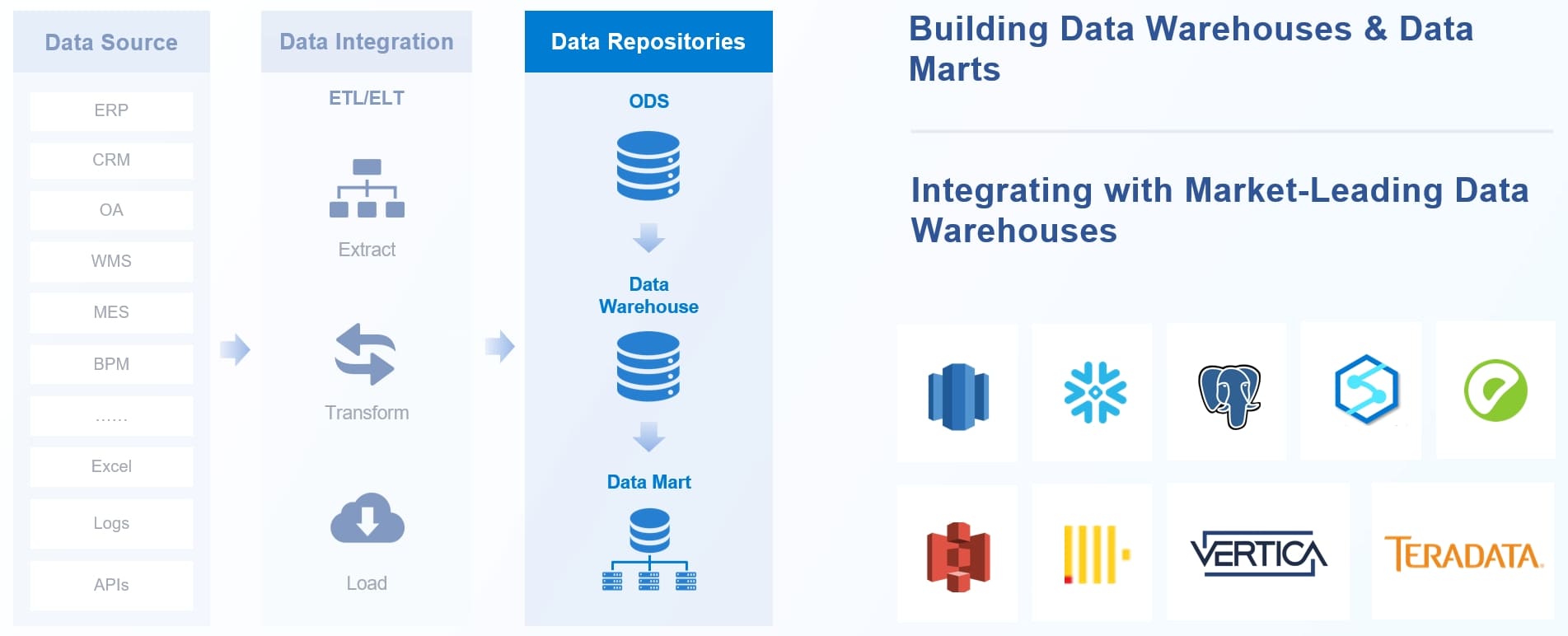
FanRuan’s tools also emphasize user-friendly interfaces and scalability. Whether you are managing large datasets or integrating data from diverse sources, these solutions simplify the process. By leveraging FanRuan’s offerings, you can overcome data complexity and unlock the full potential of your information.
Tools and Technologies for Managing Data Complexity
Advanced Analytics and Automation
Advanced analytics and automation have revolutionized how you manage data complexity. These technologies streamline processes, reduce errors, and enhance the speed of analysis. For example, artificial intelligence (AI) and machine learning (ML) can summarize large volumes of unstructured text, making it easier to extract meaningful insights. Automation embeds metadata into datasets, enriching their context and enabling deeper analysis. These tools also optimize information flows, allowing you to derive insights faster and more efficiently.
Machine learning enhances search capabilities, helping you ask better questions and find critical information quickly. AI-powered tools can visualize complex data relationships, making it easier to understand patterns and networks. In industries like healthcare, advanced analytics has transformed processes such as drug development by improving the speed and accuracy of real-world data analysis. Techniques like natural language processing (NLP) and ML aggregate and analyze large datasets, uncovering patterns that traditional methods might miss.
Automation ensures faster, error-free cleaning, improving the overall quality of your analysis. These advancements make it easier to manage data complexity while maintaining security and efficiency.
FineDataLink for Data Integration and Synchronization
FineDataLink simplifies data integration and synchronization, addressing one of the most challenging aspects of data complexity. It enables you to connect and transform data from various sources, ensuring seamless integration across systems. With real-time synchronization, FineDataLink keeps your data updated with minimal latency, making it ideal for building real-time data warehouses or migrating databases.
This tool supports over 100 common data sources, allowing you to integrate diverse formats like CSV, JSON, and XML. Its visual interface makes it user-friendly, even for those without technical expertise. FineDataLink also includes ETL/ELT capabilities, enabling you to preprocess data efficiently. For example, you can schedule data synchronization tasks or develop APIs in minutes without writing code. These features reduce manual effort and improve data governance, ensuring your data remains accurate and secure.
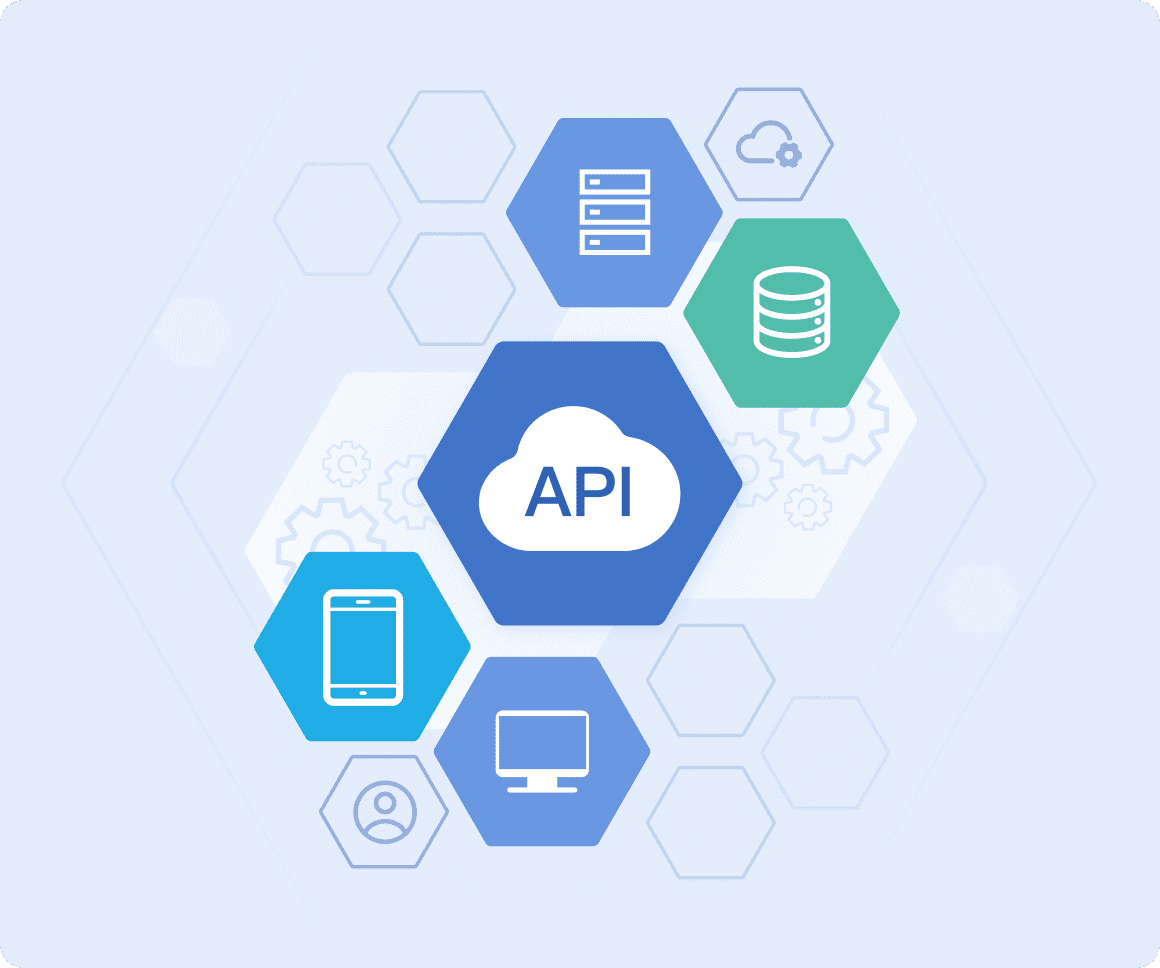
By using FineDataLink, you can eliminate data silos and streamline workflows. This improves operational efficiency and enhances decision-making, especially when dealing with large datasets.
How FineBI Empowers Self-Service Analytics
FineBI empowers you to take control of your data analysis through its self-service platform. Its intuitive drag-and-drop interface allows you to create visualizations and analyze data without relying on IT support. This democratizes data access, enabling business users and analysts to explore information independently.
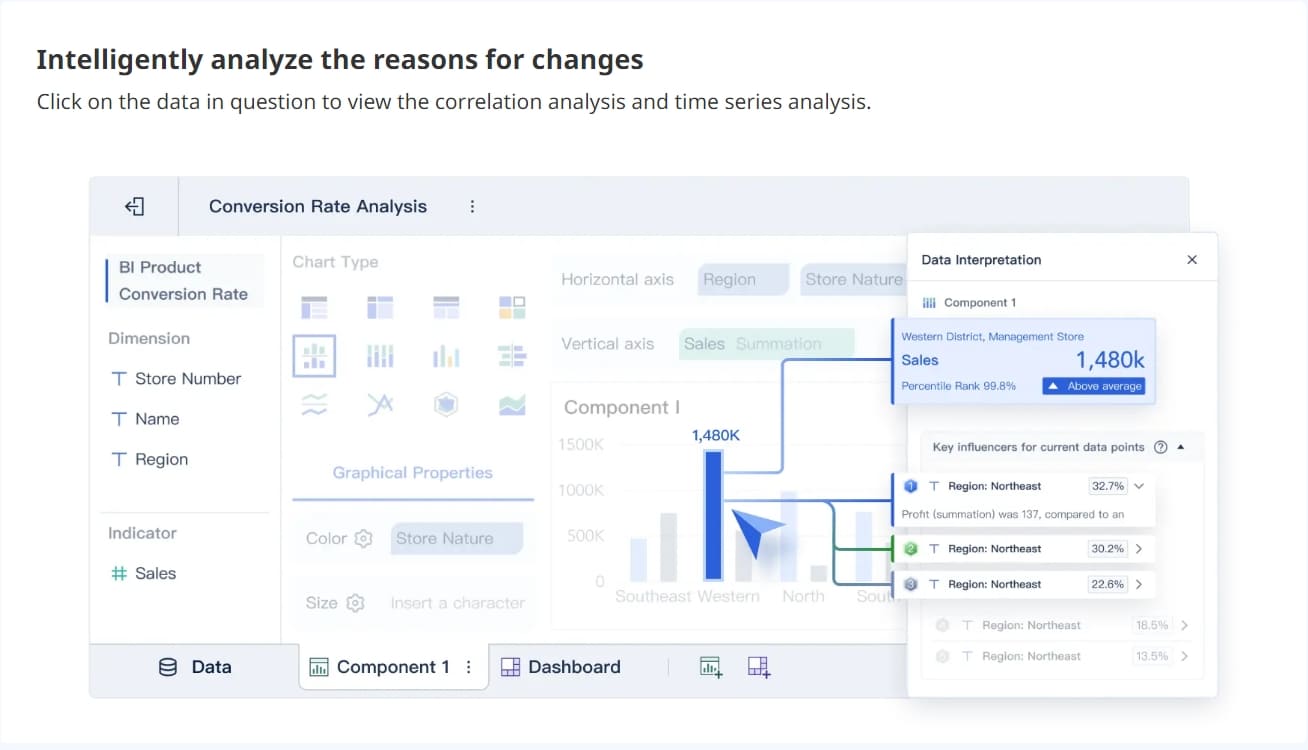
FineBI integrates seamlessly with various data sources, including relational databases and big data platforms. It supports real-time analysis, allowing you to make decisions based on the latest information. For example, you can track KPIs, identify trends, and uncover actionable insights in real time. FineBI also includes enterprise-level data permission controls, ensuring sensitive information remains secure.
Collaboration is another key feature. Teams can share dashboards and analysis templates, promoting teamwork and efficient data validation. FineBI’s ability to handle large datasets and provide real-time insights makes it an essential tool for managing data complexity. By leveraging its capabilities, you can enhance productivity, improve data governance, and drive better business outcomes.
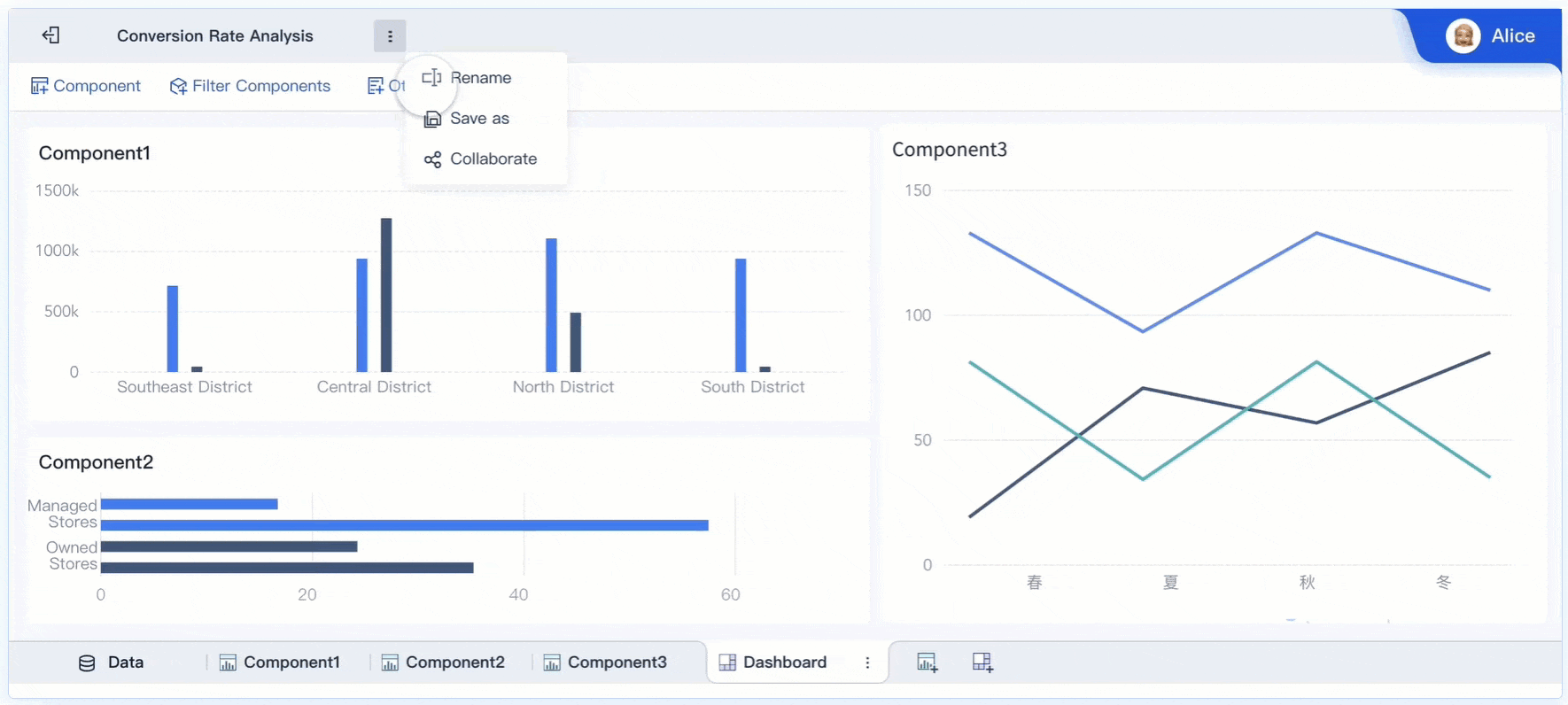
Understanding data complexity is crucial for navigating today’s data-driven world. It allows you to unlock the full potential of your information, enabling smarter decisions and improved efficiency. By addressing challenges like data silos, quality issues, and integration hurdles, you can transform raw data into actionable insights.
Tools like FineBI and FineDataLink from FanRuan empower you to simplify data management. FineBI enhances self-service analytics, while FineDataLink ensures seamless data integration. Together, they help you achieve faster decision-making, operational efficiency, and a competitive edge in your industry. Embrace these solutions to stay ahead in a rapidly evolving business landscape.
Click the banner below to experience FineBI and FineDataLiink for free and empower your enterprise to convert data into productivity!
FAQ
Data classification organizes information into categories based on type, sensitivity, or importance. It helps you identify critical data and manage it effectively. This process ensures better accessibility, security, and compliance with regulations, making it easier to address data complexity.
Data classification enhances decision-making by organizing data systematically. It allows you to focus on relevant information, reducing errors and improving accuracy. With clear categories, you can analyze data faster and derive actionable insights, leading to better business outcomes.
Tools like FineBI and FineDataLink simplify data classification. FineBI enables you to analyze and visualize categorized data, while FineDataLink ensures seamless integration and synchronization. These tools streamline workflows and improve data governance, making classification more efficient.
Yes, data classification minimizes inefficiencies by organizing information logically. It eliminates duplicate records, improves data quality, and ensures consistency. This structured approach reduces time spent searching for data and enhances overall productivity.
Data classification strengthens security by identifying sensitive information and applying appropriate controls. It ensures that only authorized users access critical data, reducing the risk of breaches. This process also helps you comply with data protection regulations.
Continue Reading About Data Complexity
2025 Best Data Integration Solutions and Selection Guide
Explore top data integration solutions for 2025, enhancing data management and operational efficiency with leading platforms like Fivetran and Talend.
Howard
Dec 19, 2024
Best Data Integration Platforms to Use in 2025
Explore the best data integration platforms for 2025, including cloud-based, on-premises, and hybrid solutions. Learn about key features, benefits, and top players.
Howard
Jun 20, 2024
Best Data Management Tools of 2025
Explore the best data management tools of 2025, including FineDataLink, Talend, and Snowflake. Learn about their features, pros, cons, and ideal use cases.
Howard
Aug 04, 2024


